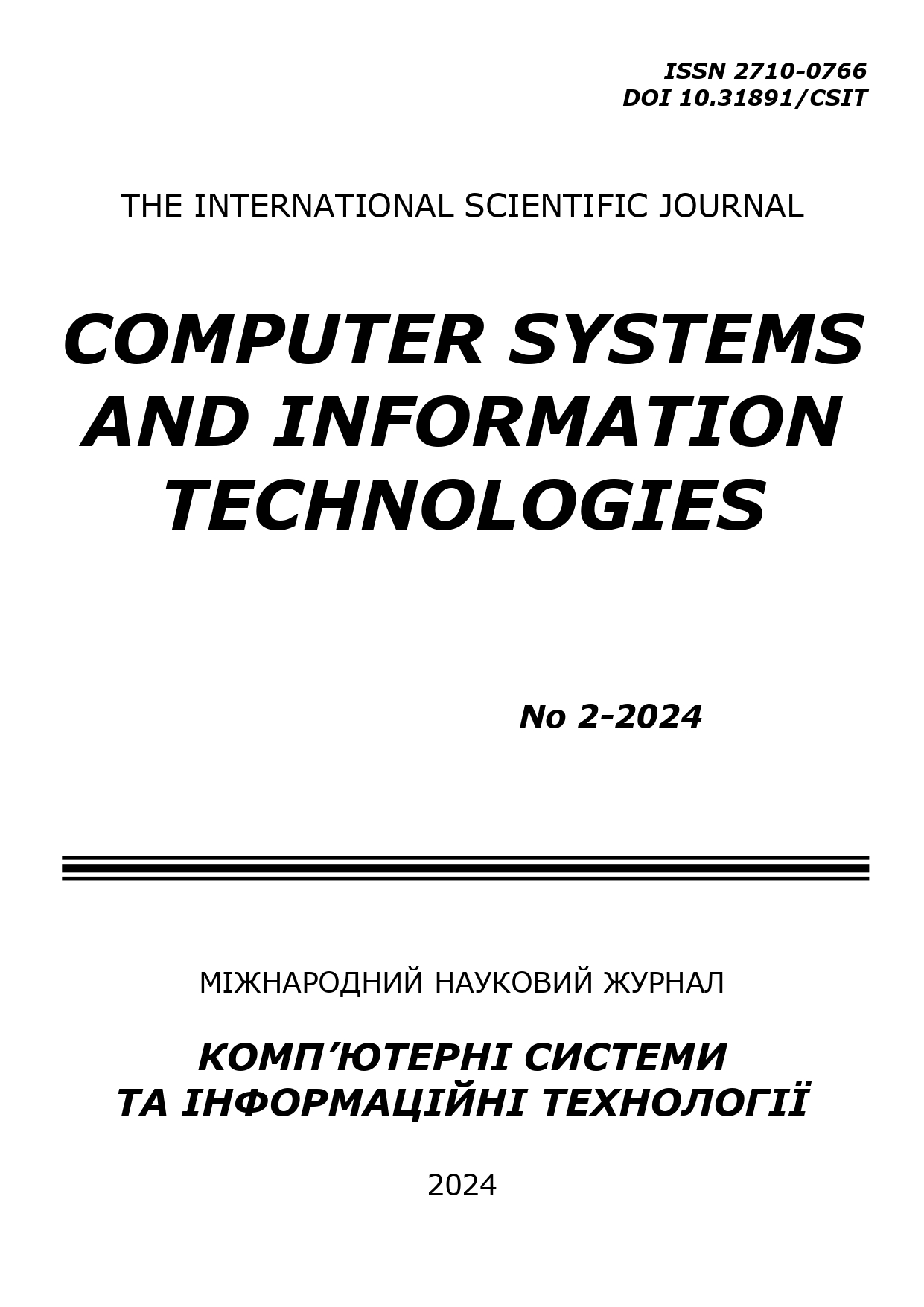ROBUSTNESS EVALUATION OF MACHINE LEARNING ALGORITHMS FOR NEUROCOMPUTER INTERFACE SOFTWARE USING DISTRIBUTED AND PARALLEL COMPUTING
DOI:
https://doi.org/10.31891/csit-2024-2-11Keywords:
information technology, neuro-interface of brain-computer interaction, artificial intelligence, parallel programming, high-performance computing, classifier, robustness, accuracy, scalar, dispersionAbstract
This article highlights the field of information technology for brain-computer interaction, and the main goal is to use it to determine patterns of human brain activity using electroencephalography (EEG) data. During the execution of the article, machine learning methods were used, namely such classifiers as Random Forest, Multi-Layer Perceptron (MLP), and Logistic Regression. The investigation begins with real-world experiments recording EEG signals during finger movement tasks, providing valuable insight into the complex dynamics of brain operation and interaction.
Utilizing 10-fold cross-validation, the performance of each classifier is rigorously evaluated across various metrics, including accuracy, f1_weighted та roc_auc_ovr_weighted. Through this process, the robustness and consistency of classifier performance are assessed, with dispersion values computed to gauge variability across iterations. The findings reveal nuanced differences among the classifiers, with MLP demonstrating the highest robustness, followed by Logistic Regression and Random Forest.
The main goal of the article was to find out the importance of such a classifier performance parameter as robustness. Software robustness is a key characteristic, especially in medical applications, where consistent and reliable performance of information technology is paramount. Neural interfaces offer many avenues for solving various limb problems, spinal cord injuries, and neurological diseases in humans. These devices contribute to improving the quality of life by minimizing these problems in people, which leads to increased mobility and functional capabilities of people. The article also emphasizes the potential associated with the transformation of neurointerface technologies in expanding human capabilities and revolutionizing human-machine interaction.
In conclusion, the research contributes to advancing the field of brain-computer interaction by leveraging machine learning algorithms to decode neural signals and uncover hidden patterns within EEG data. By identifying the most stable classifier, the study lays the groundwork for the development of robust neurointerface technologies with practical applications in healthcare, rehabilitation, and beyond. Through interdisciplinary collaboration and innovative methodologies, the journey towards unlocking the full potential of brain-computer interaction continues, promising new horizons in human augmentation and technological innovation.

